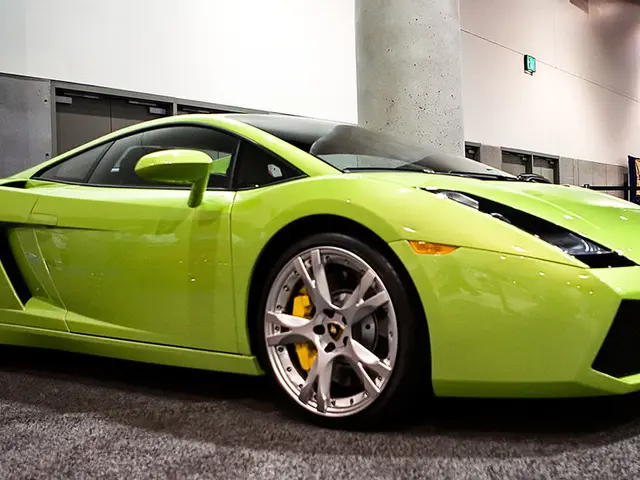The Growing Influence of Non-Practicing Entities (NPEs) in Patent Law
Exploring the Role and Consequences of Inactive Legal Entities
Non-Practicing Entities (NPEs), sometimes called "Patent Assertion Entities" (PAEs) or pejoratively as "patent trolls," have become a prominent feature in the patent law landscape. These organizations hold patents but do not produce or sell products based on them.
NPEs play a dual role in the patent ecosystem. On one hand, they can drive innovation by incentivizing research and development when operating companies see potential value in licensing their patents. On the other hand, they can create financial burdens and uncertainty within markets, particularly for small businesses and startups, which are often targeted by aggressive enforcement tactics.
Impact on Innovation and Litigation
Critics argue that NPEs primarily engage in litigation to extract settlements rather than advancing innovation. However, data suggests that while they may deter some R&D, they also provide opportunities for small inventors to financially benefit from their designs. NPEs have been winning fewer lawsuits at trial, though they frequently reach settlements.
Rise in Patent Litigation
The surge in NPEs has contributed to an increase in patent litigation, especially in sectors like AI, medtech, and telecom. This has created a high demand for IP insurance to protect businesses from costly lawsuits.
Role in Open-Source Projects
NPEs continue to pose a threat to open-source innovation, as their sophisticated tactics can disrupt open-source projects and businesses reliant on them.
Future Implications
The future implications of NPEs in the patent law landscape include:
- Evolution of Patent Boards: The Patent Trial and Appeal Board (PTAB) is undergoing significant changes that may shift power back to patent owners by making validity challenges more difficult. This could impact how NPEs engage in litigation.
- Growing Demand for IP Insurance: As NPEs continue to litigate aggressively, businesses are increasingly turning to IP insurance as a means to protect against infringement risks and ensure operational resilience.
- Regulatory Landscape: The regulatory environment is diverse across jurisdictions, with ongoing efforts to balance the need to enforce patent rights with the danger of stifling innovation. The EU's decision to withdraw its proposed SEP Regulation is a notable example of caution against over-regulation.
- Impact on Innovation Economy: The impact of NPEs on innovation remains controversial. While they can deter R&D investment by creating uncertainty, they also offer opportunities for smaller inventors to profit from their intellectual property, fostering a more dynamic market for ideas.
Emerging trends suggest an increasing scrutiny on NPEs regarding their impact on innovation and market competition. As regulatory bodies and businesses navigate this complex landscape, the role of NPEs in the patent ecosystem will continue to evolve.
Read also:
- Tesla is reportedly staying away from the solid-state battery trend, as suggested by indications from CATL and Panasonic.
- Tech giant Apple debuts sports app integrating betting odds provided by DraftKings
- California links 100,000 home storage batteries through its Virtual Power Plant program.
- Fortnite supporters experience uncertainty as Epic Games criticizes the CMA for postponing the iOS release in the UK







